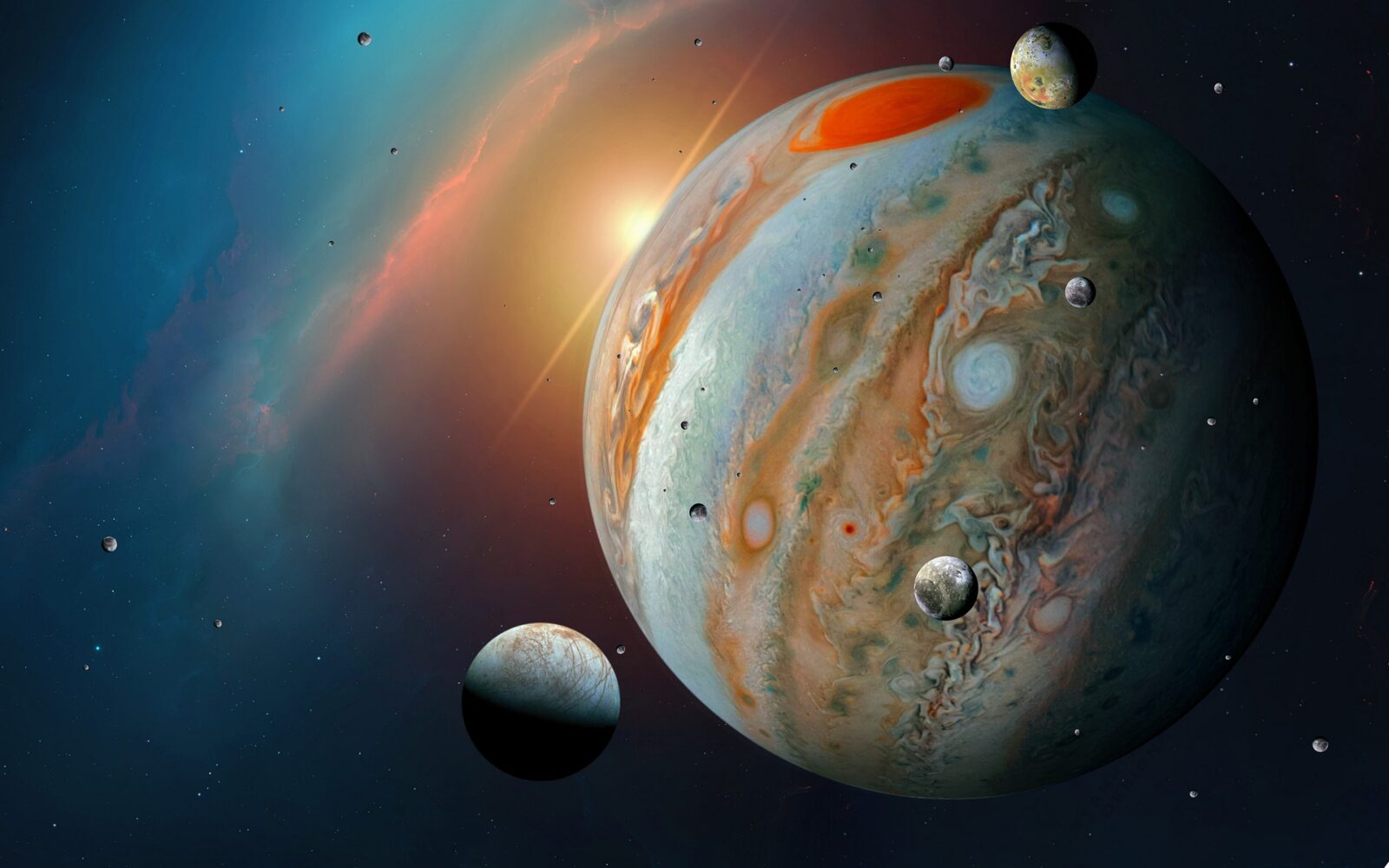Our solar system’s biggest planet, Jupiter, will soon come closer to Earth than it has in the last 70 years. On September 26, when it is at opposition, the planet is at its brightest and easiest to see. Seen from Earth, an astronomical object is in opposition with the Sun when it rises at the same time as the Sun sets in the west.
The day of Jupiter’s opposition happens once every 13 months, and is when the planet looks bigger and brighter compared to any other time of the year. Then what makes this occurrence special? This year’s views will be especially remarkable since Jupiter’s closest point to Earth corresponds with opposition, which happens very infrequently.
Jupiter is almost 318 times as big as Earth while being just 11 times as large. Jupiter will be around 365 million miles from Earth when it is closest to the planet. The planet is around 600,000,000 kilometers from Earth at its furthest point. Scientists have confirmed the existence of 53 moons officially named after Jupiter, but they estimate that 79 moons have been seen in total. The Galilean satellites consist of the four biggest moons, Io, Europa, Ganymede, and Callisto.
How can you observe Jupiter on that day? Here are some useful tips:
- Banding (or at least the center band) and three or four of the Galilean moons should be seen via high-quality binoculars.
- A sturdy mount for the chosen system is a must.
- A more powerful telescope for better resolution of Jupiter’s Great Red Spot and bands
- These details would be easier to see out with a telescope with a diameter of four inches or more and filters in the green to blue spectrum.
- We recommend a dark, dry, and elevated spot for the best viewing.












Leave a Reply